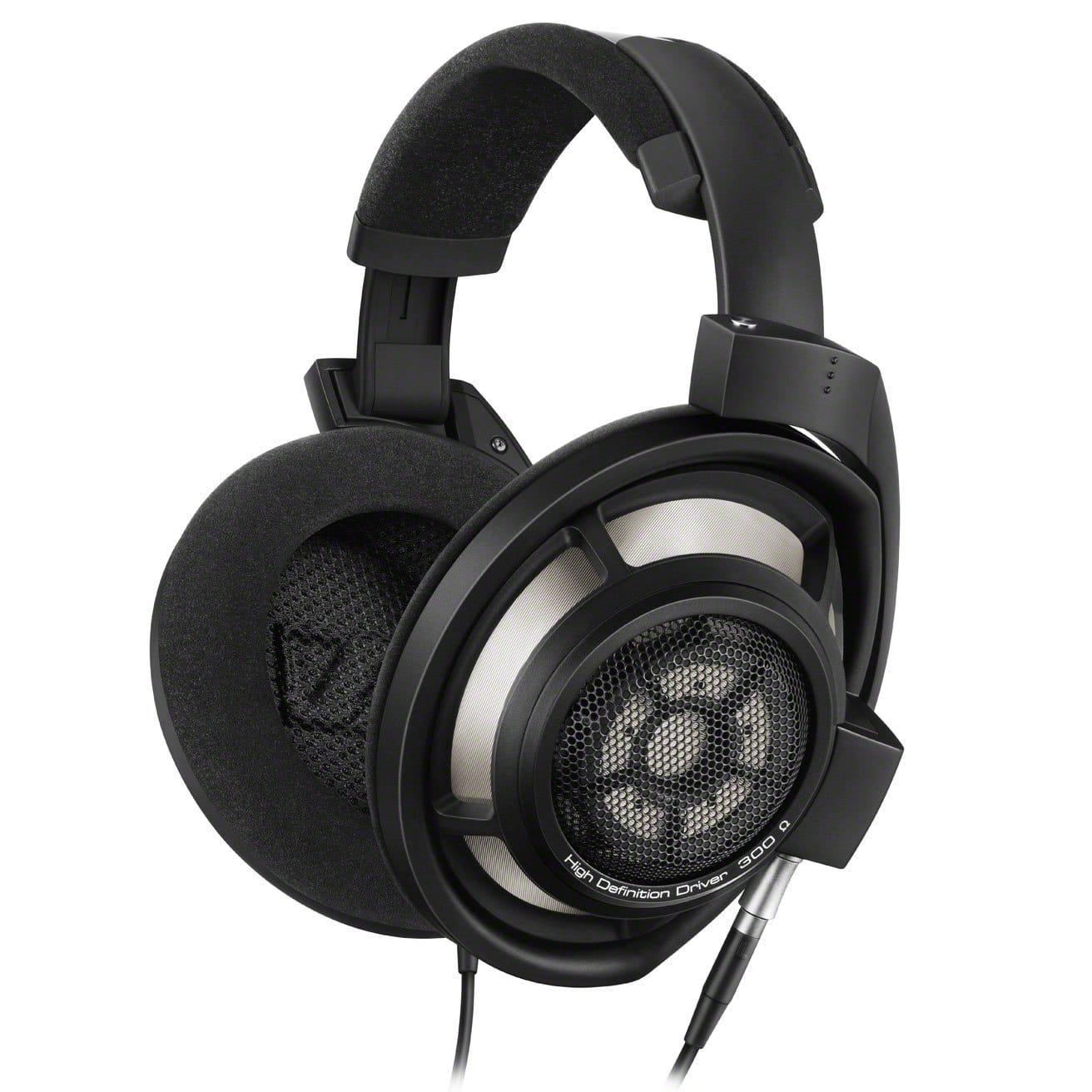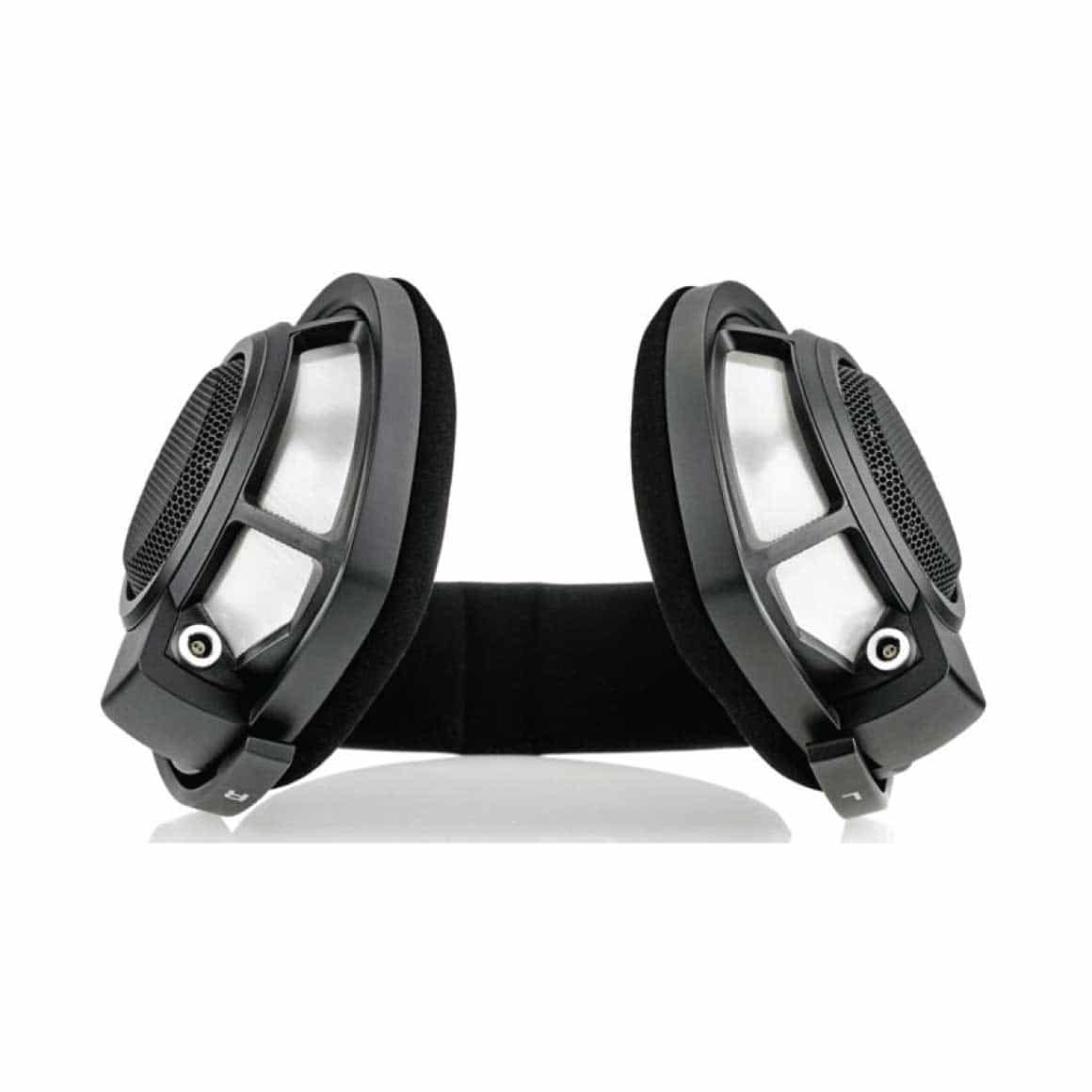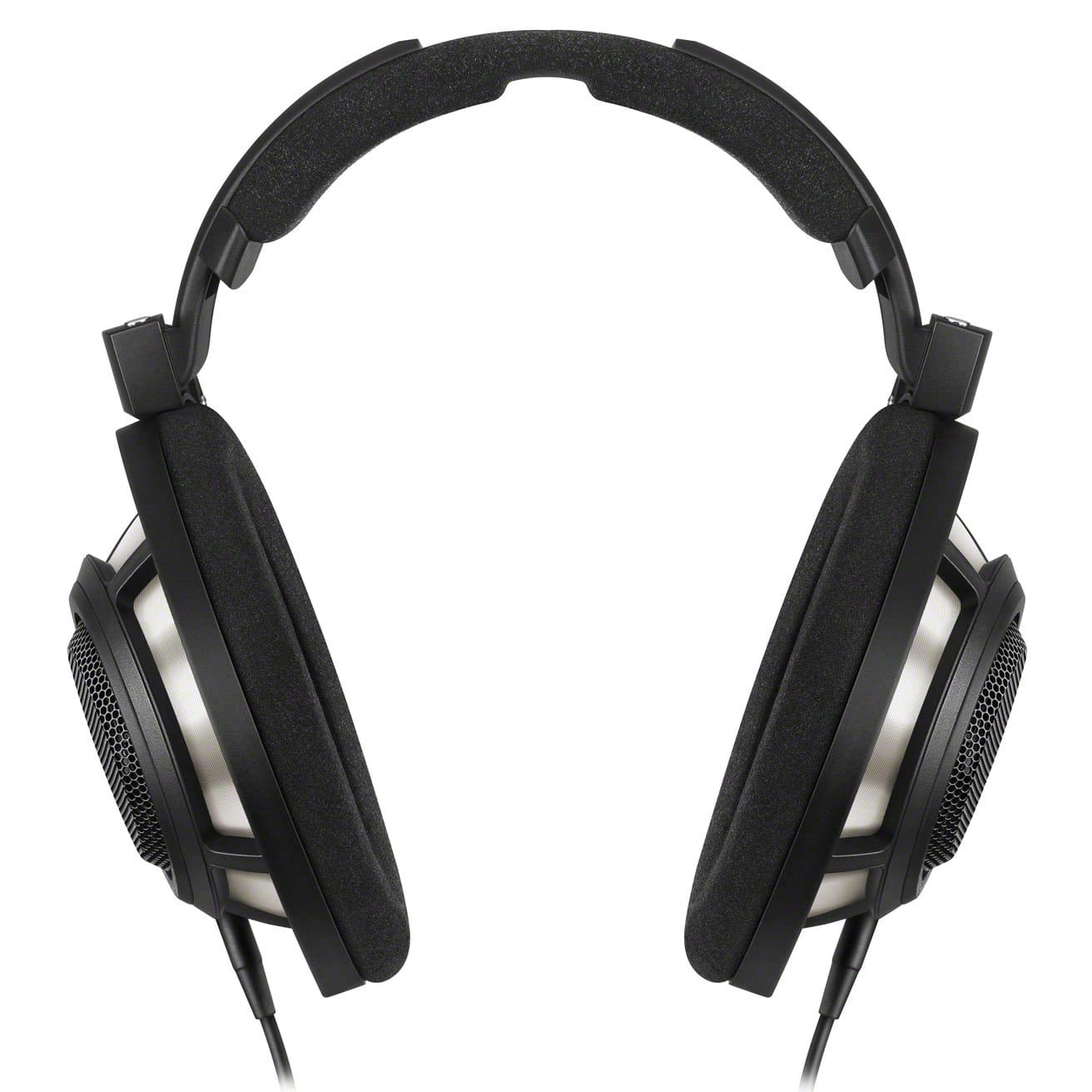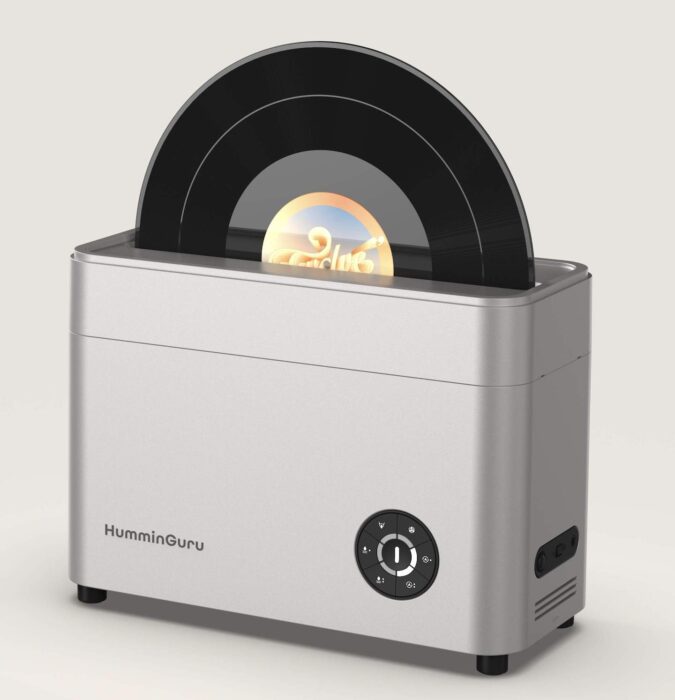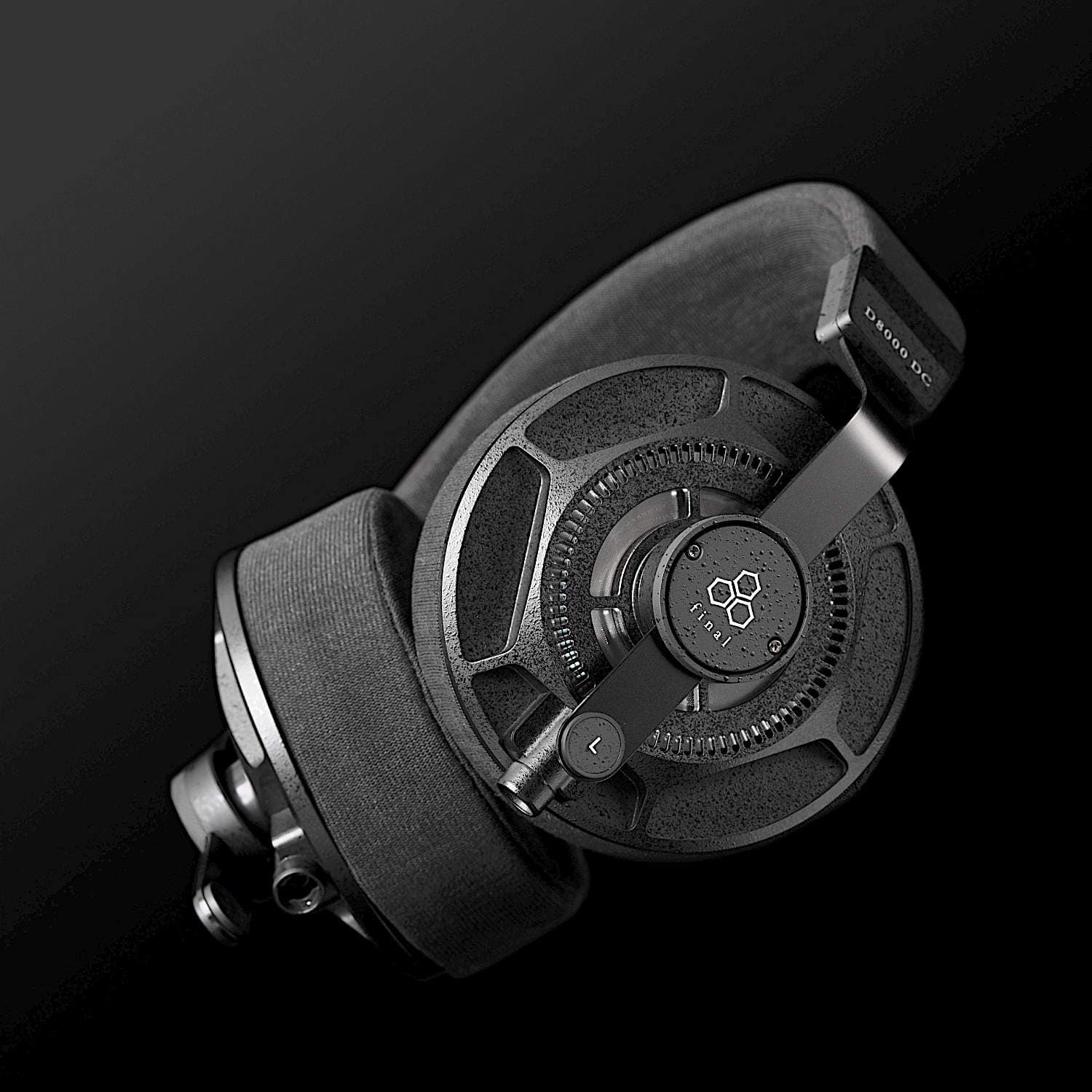The Article
Sennheiser 800 S: New, Improved and Kinda The Same
16th September 2016
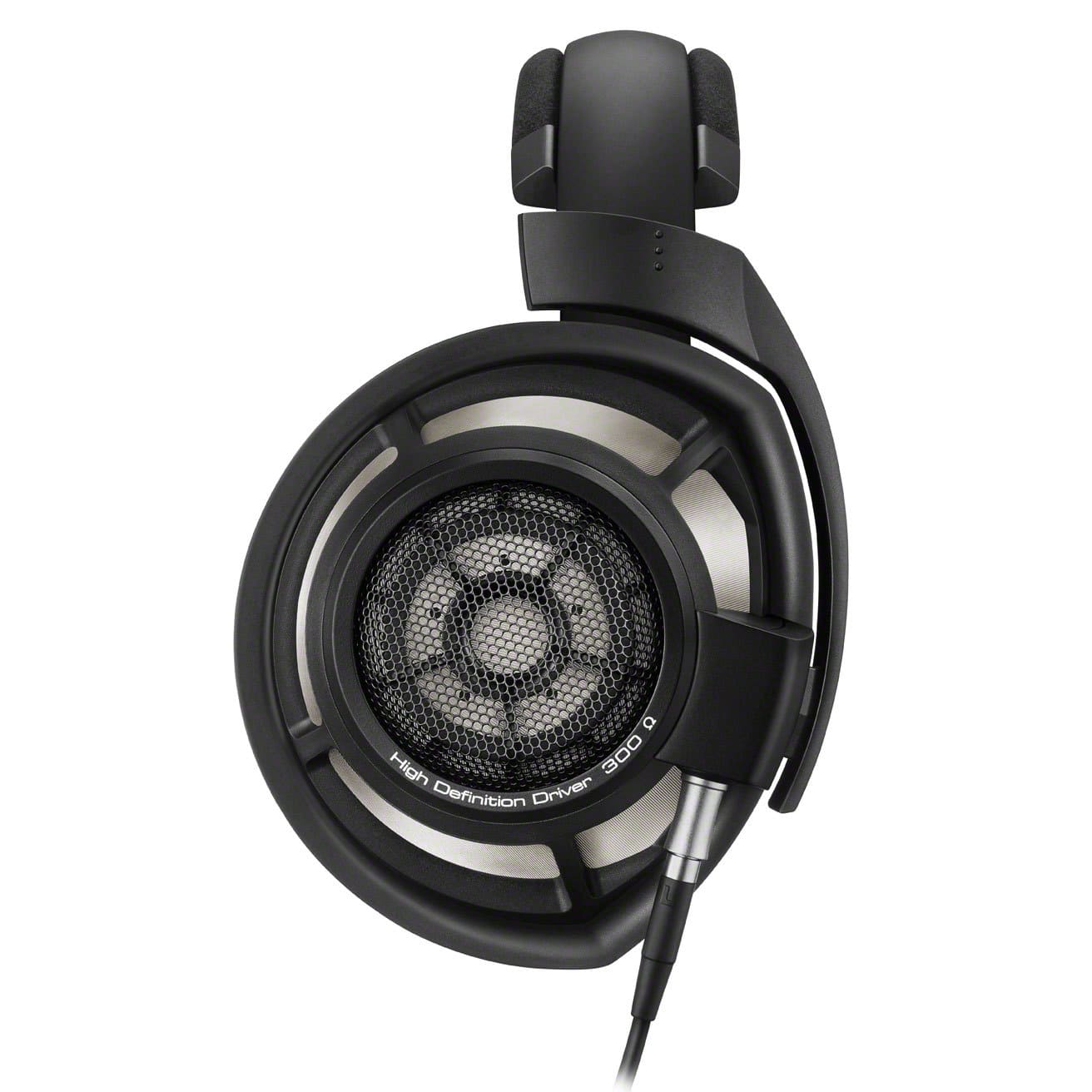
Squeezing as much from the initial design as possible, Paul Rigby reviews the upgraded Sennheiser 800 S headphones
I have a pair of the original 800 headphones here. For a dynamic design, they serve as my high-end reference. I was interested to see if Sennheiser had tweaked the chassis in any way for the latest ‘S’ model. Placing the open-backed 800 S next to the original 800 incarnation, apart from the colour, there was no visual difference to be found, externally, except that the stainless steel skin that covers the transducer on the outside of the earphones, just underneath the outer skeletal chassis, offers a different texture. That may just be a variation in the manufacturing process. Apart from that, though, there is no obvious change between the two. In fact, oddly, the new design doesn’t even display its new ’S’ configuration name. If you look at the top of the headband, the model number remains as ‘800’ only.
Taking technology cues from its IE 800 earphones, Sennheiser has reduced resonances and flattened the frequency response for the ‘S’ giving you a slightly wider frequency response of 4Hz to 51kHz against 6Hz to 51kHz. That doesn’t seem much but the listening test provides otherwise.
The HD800 S’s driver still utilises the 56mm ring radiator of the original with angled sound firing but, this time, you also get a cable choice: a 3m cable terminated by a 6.3mm jack and a balanced lead. Weighing in at 330g, the headphones are comfortable with no risk of listening fatigue setting in.
Rather than review the ’S’ model against another manufacturer’s pair of headphones, I thought it obvious to compare the ’S’, instead, to the original Sennheiser 800 design, to truly hear any possible differences. More than that, to reduce any possible sonic variations, I decided to utilise the same cable on both 800 designs.
SOUND TESTS
I began by playing a Nat “King” Cole track, When My Baby Walks Down The Street, singing in front of swinging jazz orchestra which was full of minor details to be heard or lost, depending on the quality of the headphones, eh? The new ’S’ model certainly sounded different from the original design. Initially in two ways. Firstly, the ’S’ offered a slightly higher gain, being a touch easier to run than the original model. If you have a pair of 800s and your headphone amplifier strains a bit then the ’S’ will ease the pain a touch.
Secondly, the ’S’ model drastically changed the focus of the presentation. It was as if you put a camera to your eye and tweaked the lens to enhance the focus. Hence, trumpets had a far greater sense of vibration, the tuba, that stars briefly mid-way through this track, Cole’s vocal delivery also offered more vibration and emotion while bass had an improved solidity and tonal realism. More than that, actually. Have you ever walked past a club, one where the music is playing full blast from within? From outside, you tend to hear the bass changing in terms of tones don’t you? That is, there is no form to the bass, you just hear the bass note moving up and down. With the ’S’ model, that moving bass tone changed completely. Now, the puddle of bass morphed into a plucked upright bass string which gave the lower frequencies a greater character. Because of that, instead of the bass swimming around the headphones without a place to call home, the ’S’ tended to fix it into one part of the soundstage.
In addition to greater focus and detail from the upper mids, the treble was now honed and precise. The original 800s give you a good account of treble (via cymbal hits, for example) but the ’S’ model adds more information on the drumstick tap. There’s an extra edge to this bit while the after show of the cymbal is cleaner.
So much for jazz, now onto something more dynamic and prog rock from Camel with the quite superb, Song Within A Song on Side A of the 1976 LP, Moonmadness. This track features numerous changes in tempo and mood but the ’S’ supplied an increase in timing and an enhanced sense of space which allowed the instrumentalists more time to perform, it seemed. Most noticeable was, again, the increase in tonal realism, illustrated in the guitar work from Andy Latimer which was richer in tone but also apparently more complex. That is, the ear could hear extra detail and nuances in how the guitar was being played. Also interesting was the drum work from Andy Ward, especially his busy cymbal towards the end of the track, during the ending crescendos. These moments added a sense of clarity from the cymbals which introduced extended reverb tails to each strike. Once again, the bass increased its sense of focus sounding more like a set of drums rather than a bass omelette.
CONCLUSION
The improvements from the new 800 S are all hidden away but they are most definitely there, as a brief listen with confirm. The gentle, now relatively unobtrusive, sound output of the original design also sounds a little foggy and indistinct compared to the focused and precise 800 S which adds clarity and transient speed to any performance. A welcome upgrade that any Sennheiser 800 fan should investigate and anyone looking for a top quality pair of headphones needs to demo.
SENNHEISER HD800 S HEADPHONES
Price: £1,200
Web: en-uk.sennheiser.com
Tel: 0333 240 8185
GOOD: precision, focus, transient speed, bass character
BAD: nothing

